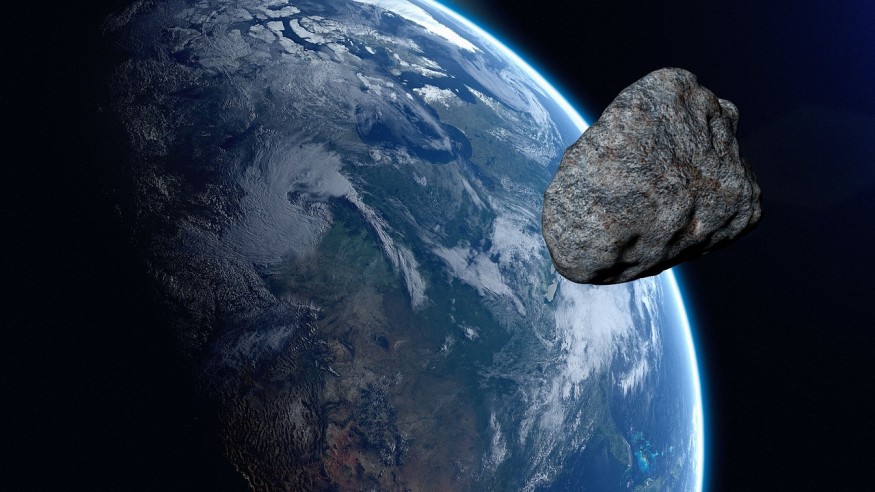NASA's Center for Near Earth Object Studies (CNEOS) reports finding a new "potentially hazardous" asteroid, which is almost the same size as the tallest skyscraper in the world, that is set to fly by Earth in time for Halloween next week.
The asteroid was discovered on September 25, 2022, and belongs to the Apollo group of space rocks. It takes 376 days to complete one revolution around the Sun, during which it could reach a maximum distance of 213 million kilometers and a minimum of 92 million kilometers.

Halloween Asteroid Set to Zip Through Earth's Orbit Next Week
According to NASA, the asteroid is called 2022 RM4 and is estimated to be between 330 and 740 meters in diameter, just under the height of Burj Khalifa in Dubai, dubbed as the tallest building in the world. It will zoom past Earth at a speed of 84,500km/h, or roughly 68 times the speed of sound.
Its closest approach to the planet will be November 1, coming within about 2.3 kilometers of Earth. That is approximately six times the average distance of the Moon to the planet and is considered to be a very slender margin by cosmic standards.
It was first observed last month and NASA astronomers last saw it on October 26. The space rock is no stranger to astronomers as it has a track record of flying near other planets, like Jupiter, within the Solar system in previous decades. After the close flyby next week, experts estimate it will be seen again in November 2045, 2068, and 2095.
READ ALSO : NASA's DART Spacecraft Worked! Asteroid Killer Changed the Harmless Space Rock's Orbit More Than Expected
Monitoring Any Near-Earth Object That is Potentially Hazardous
NASA has been tracking and monitoring any near-Earth object (NEO) that comes within 193 million kilometers of Earth and classifies any cosmic object within 7.5 million kilometers of the planet as a "potentially hazardous object."
According to Live Science, astronomers closely watch these potential threats to study any deviation from their predicted trajectories that could lead to a devastating collision with Earth.
The American space agency tracks the locations and orbits of roughly 28,000 asteroids using the Asteroid Terrestrial-impact Last Alert System (ATLAS), which scans the entire night sky every 24 hours.
Since 2017, it has spotted over 700 NEOs and 66 comets. Two of the asteroids, namely 2019 MO and 2018 LA, have hit Earth in which the former exploded off the southern coast of Puerto Rico, and the latter landed near the border of Botswana and South Africa. The space rocks were small, so they did not cause any damage.
For now, NASA said that Earth does not face any known danger from an apocalyptic asteroid collision in the near future. But that does not mean that it is impossible. Hence, they launched the Double Asteroid Redirection Test (DART) to see if itcouldo redirect an asteroid's path to prevent it from hitting Earth.
RELATED ARTICLE : Asteroid That Killed Dinosaurs Triggered Mile-high Tsunami Waves That Reached Halfway Across the Planet
Check out more news and information on Asteroids in Science Times.












